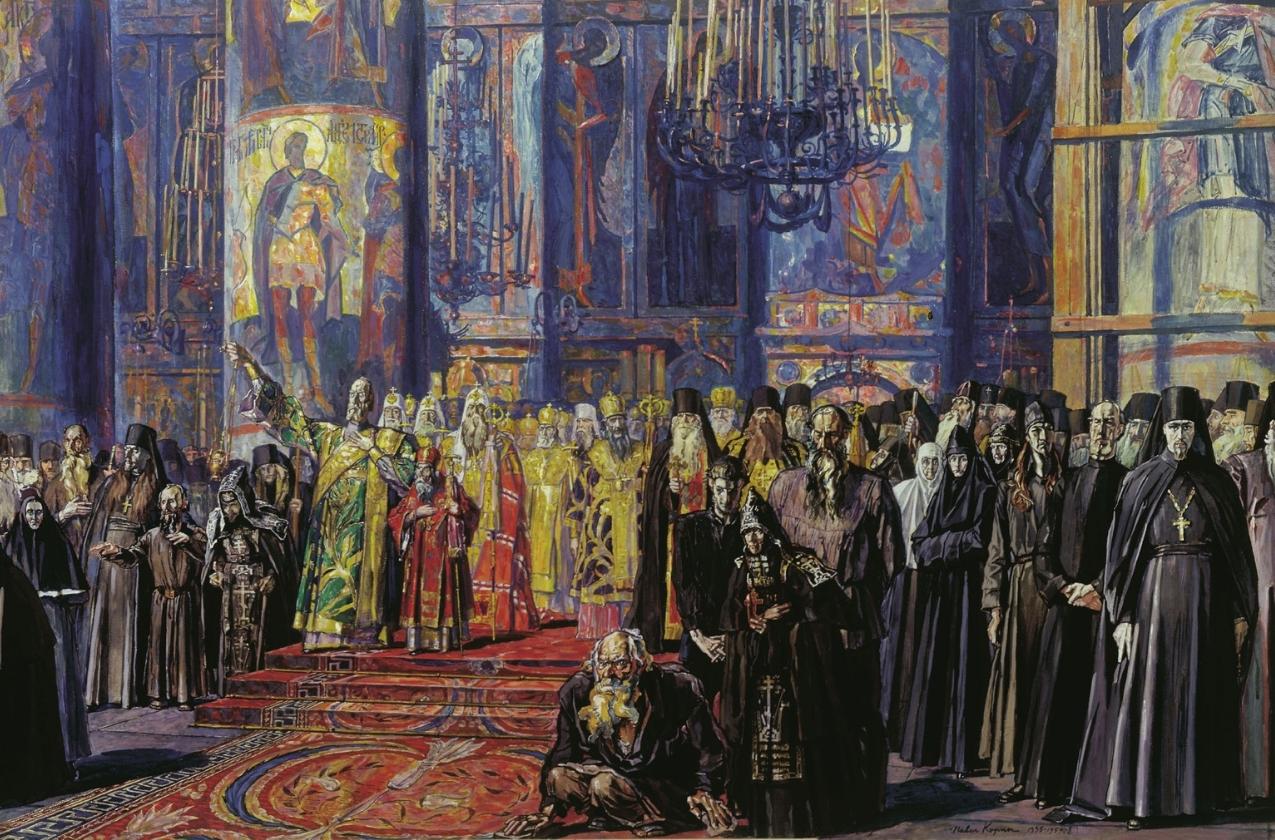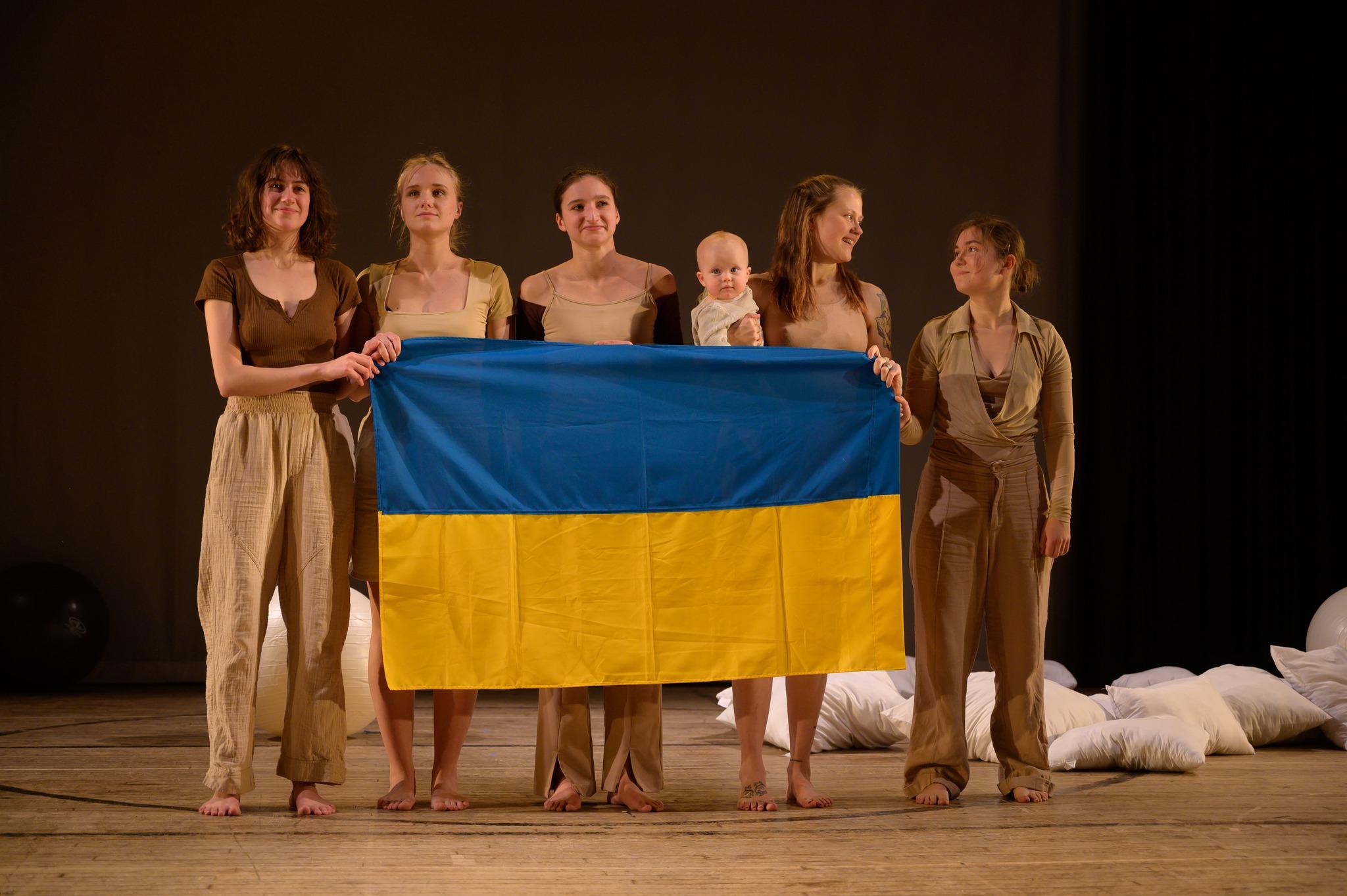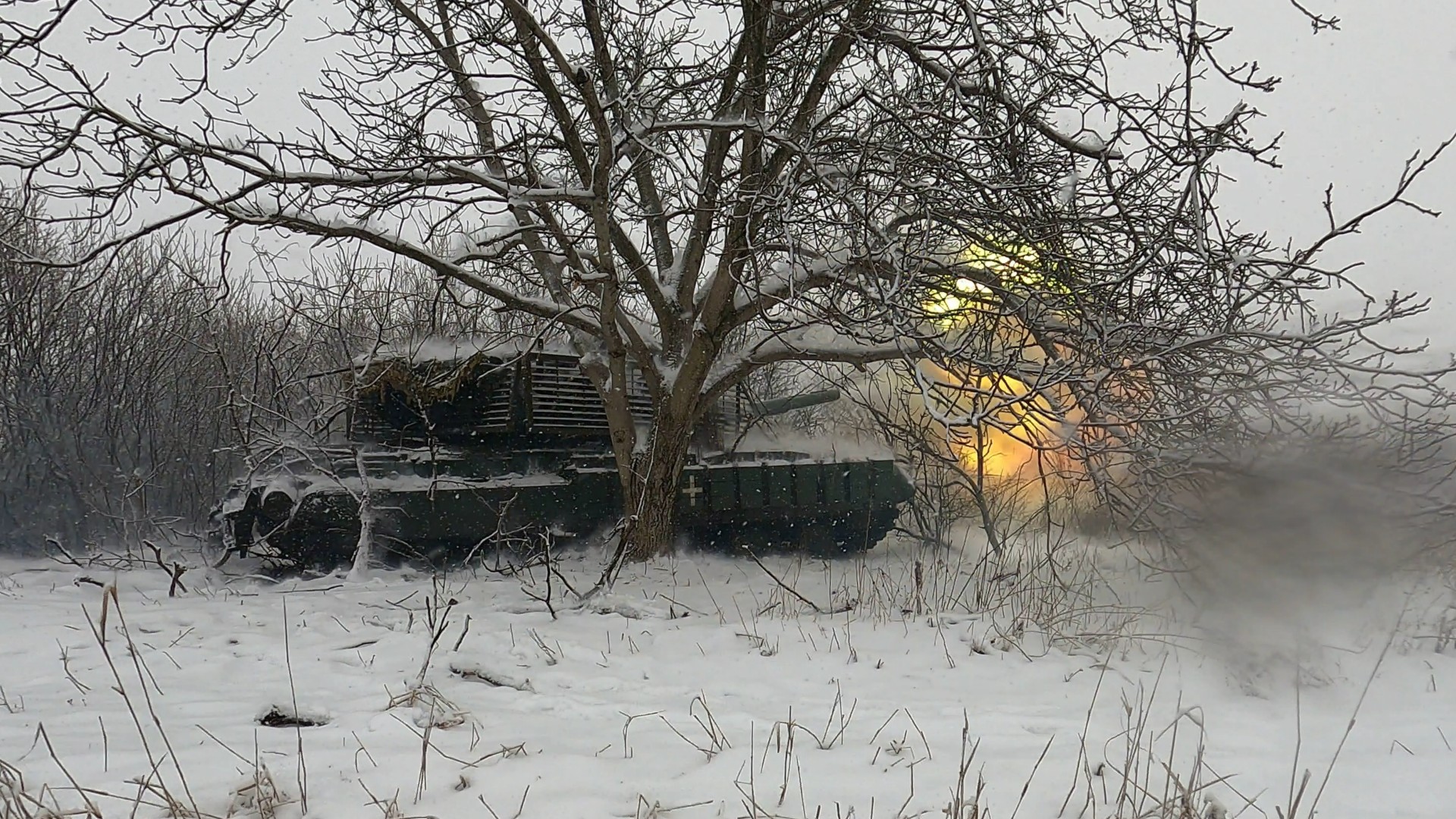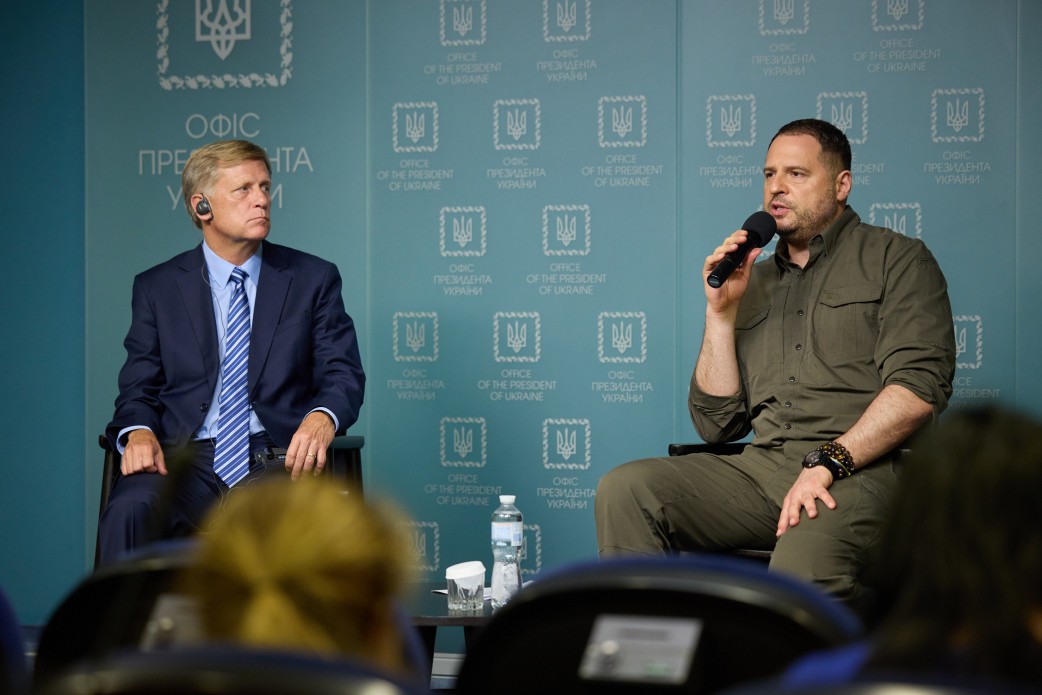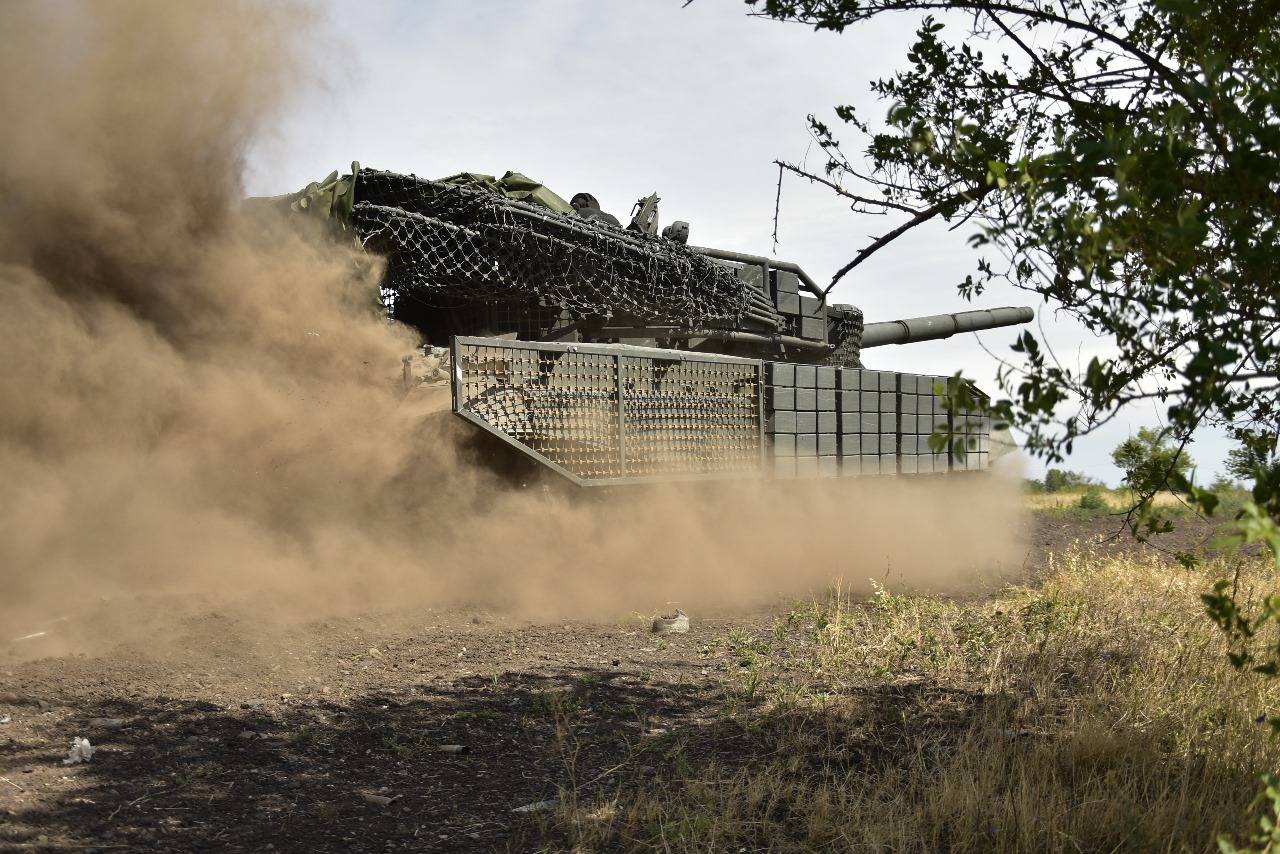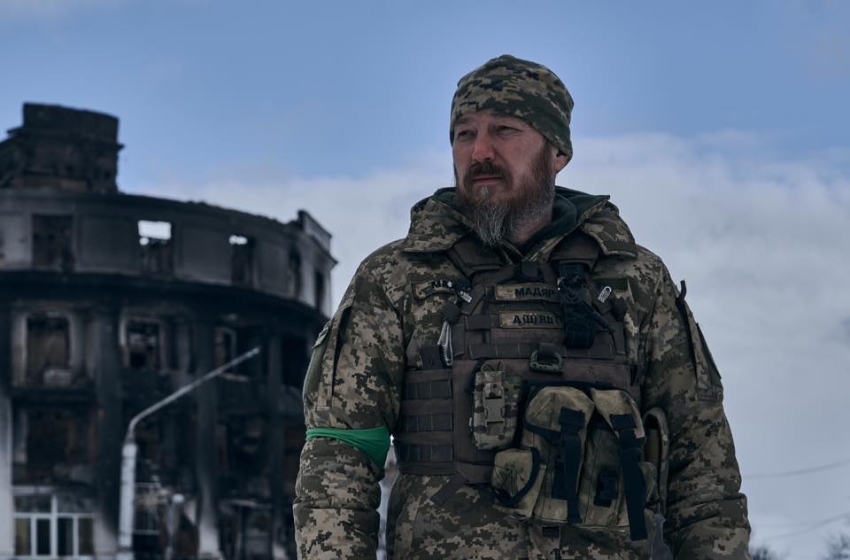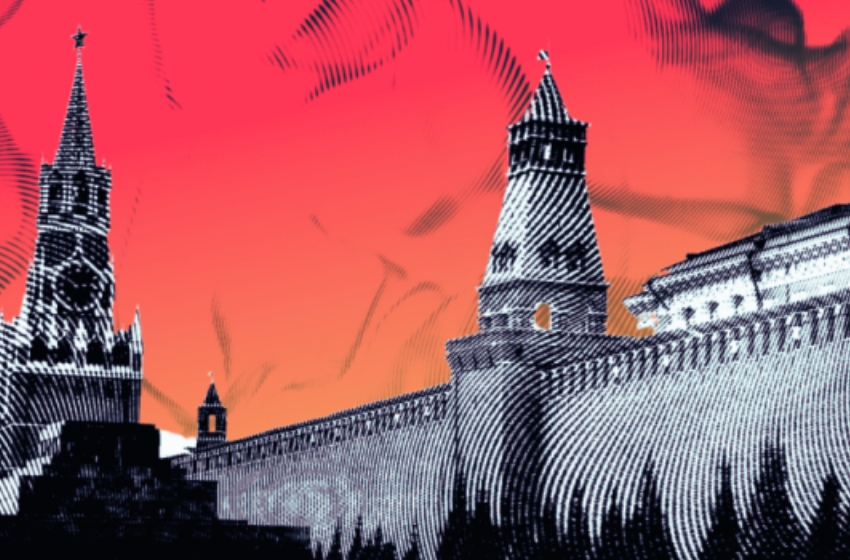In 1917, during a high point in the national revolution, a committee was set up to found the Ukrainian Academy of Arts in Kyiv. This was done upon the initiative of a group from the Ukrainian intelligentsia led by famous cultural personalities of the time: the historian Mykhailo Hrushevsky, the archeologist and ethnographer Mykola Biliashivsky, and the art historians Dmytro Antonovych and Hryhorii Pavlutsky.
Historical circumstance meant that prior to the end of the 19th century, Ukrainian art was only reflecting the artistic trends and movements of the Russian art school and elsewhere. Of particular influence was the St. Petersburg Academy of Arts as well as other European academies where many artists went to get their education. There were practically no fully fledged art schools in the cities of Ukraine under Russian imperial control. The situation was gradually changing by the late 19th and early 20th century, and this change began in Odessa. The Odessa Art School of Drawing opened in 1865 and was upgraded to a specialized school in 1899. One of the school’s teachers was a member of the peredvizhniki and the director of the Odessa City Museum: Kyriak Kostandi. In 1869 in Kharkov, Maria Raevskaia-Ivanova opened the frst private school for drawing and painting in the Russian Empire. She was the first woman to gain the status of free artist from the Imperial Academy. The school received municipal status in 1869, and in 1912 it was converted into a specialized school. Fedir Krychevsky, Mykola Pymonenko, and Oleksander Murashko taught there. Its students included many future members of the avant-garde: Kazimir Malevich, Oleksandra Ekster, Aristarkh Lentulov, Alexander Archipenko, Oleksander Bohomazov, Anatol Petrytsky, Ivan Kaveleridze, and Solomon Nikritin.


The Ukrainian Academy of Arts was founded on 18 December 1917. The Academy became an integral part of the newly founded Ukrainian state’s cultural policy, which aimed to support the nation’s cultural and intellectual traditions. The Ukrainian Academy of Sciences, headed by the academic and philosopher Volodymyr Vernadsky, was also founded around this time, in November 1918. Sadly, it proved impossible to fully realize the aims of the Academy of Arts during such a time of extreme political instability. A small group of devoted professors and students had to work without permanent premises or adequate resources. All the same, the foundations of the Ukrainian art school had been laid. Artists from the widest possible range of viewpoints and positions helped lay the foundation for the Academy; adherents of academic modernism, post-impressionism, the secession and expressionism: Oleksander Murashko, Mykhailo Boichuk, Heorhii Narbut, Fedir and Vasyl Krychevsky, Mykhailo Zhuk, Mykola Burachek, and Abram Manevich.

Many of the first cohort of teachers at the Academy did not last long in their posts. Manevich emigrated very quickly, and then on 14 June 1919, when Kyiv had been captured for a short time by the Bolsheviks, a tragedy occurred. Murashko, an active member of the Academy and one of the best painters of pre-revolutionary Kyiv, was shot near his home. During the Soviet period, his death was considered an accident and a sad manifestation of the lawlessness and constant upheaval that defined Kyiv at the time. However, the artist’s wife cast doubt on this version of events in her memoirs. Who wanted the artist dead? There are several theories, ranging from a mistake in the secret police’s so-called “execution lists†to orders from higher up. Murashko’s murder and the storm of rumors that surrounds it act as a good illustration of the tense mistrust, ideological differences, and extreme competition that ruled artistic life at that time. As time went on, these differences would only remain as societal conflict continued to grow, reaching its peak at the end of the 1920s and beginning of the 1930s.

One year after the killing of Murashko, the Academy’s rector, Heorhii Narbut, also passed away. Up until the institution’s reorganization by the Bolsheviks in 1922, it was de facto led by the nationally oriented monumentalist Mykhailo Boichuk. Boichuk’s classes during those hungry war years gave life to a whole host of young artists: Vasyl Sedliar, Oksana Pavlenko, Onufrii Biziukov, Antonina Ivanova, and Ivan Padalka. These artists would lend signifcant weight to the Ukrainian art scene in the 1920s and early 1930s, and would come to be known as “Boichukists."
Alisa Lozhkina. Permanent Revolution: Art in Ukraine, the 20th to the Early 21st Century. Written by a leading Ukrainian curator and art critic, showing the history of the development of visual art practices in Ukraine, from the birth of modernism to the present day, into a cohesive narrative. Particular emphasis is given to the period since independence.
To be continued...









